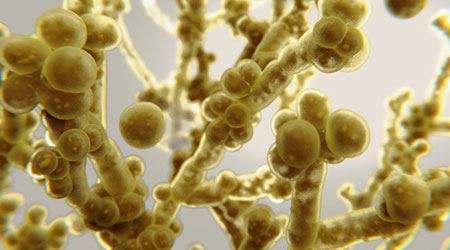Candida auris can be difficult to get rid of and part of the problem is that hosts shed it via skin cells, according to an article on the Contagion Live website.
Once shed, the pathogen can live for weeks on dry surfaces. It may remain even after surfaces are disinfected.
The risk of contracting C auris is low for most people, even those who reside in traditional nursing homes. Most concerning are the outbreaks at long-term facilities.
As of April 30, the Centers for Disease Control and Prevention had identified 654 clinical cases of C auris, primarily in New York City, New Jersey and Chicago.

 Contaminants Under Foot: A Closer Look at Patient Room Floors
Contaminants Under Foot: A Closer Look at Patient Room Floors Power Outages Largely Driven by Extreme Weather Events
Power Outages Largely Driven by Extreme Weather Events Nemours Children's Health Opens New Moseley Foundation Institute Hospital
Nemours Children's Health Opens New Moseley Foundation Institute Hospital Code Compliance Isn't Enough for Healthcare Resilience
Code Compliance Isn't Enough for Healthcare Resilience Ribbon Cutting Marks First Phase Completion for New Montefiore Einstein Facility
Ribbon Cutting Marks First Phase Completion for New Montefiore Einstein Facility